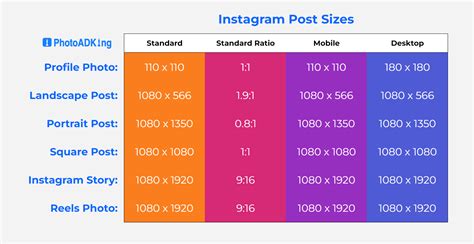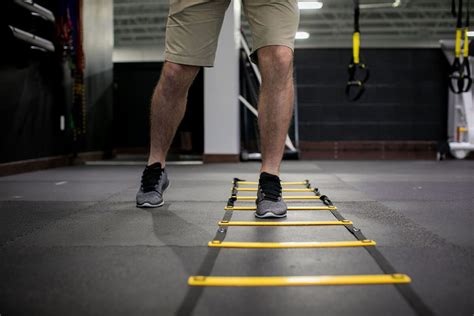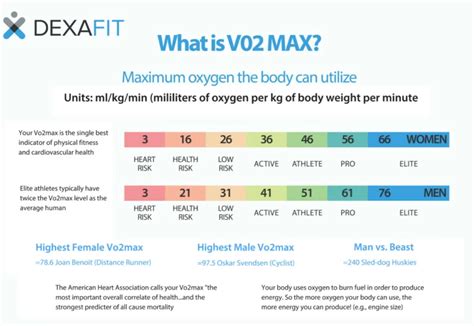How to structure advanced strength training for continuous peak performance gains?
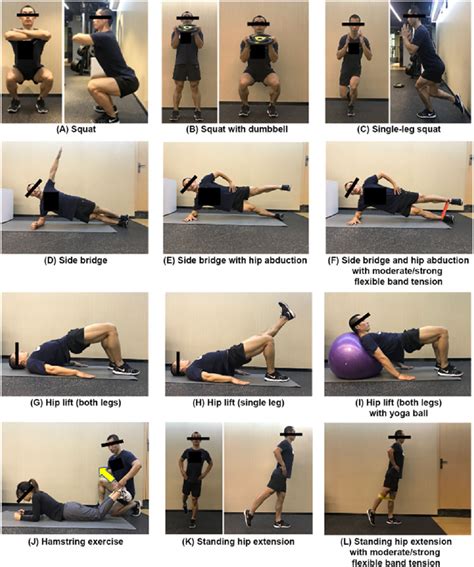
Beyond the Basics: The Science of Sustained Strength Gains
For dedicated lifters, the initial phase of rapid strength gains eventually slows. Continuing to push performance boundaries requires moving beyond simple progressive overload and embracing a more sophisticated, structured approach to training. Advanced strength training isn’t just about lifting heavier; it’s about intelligently manipulating variables to ensure continuous adaptation, mitigate fatigue, and prevent plateaus.
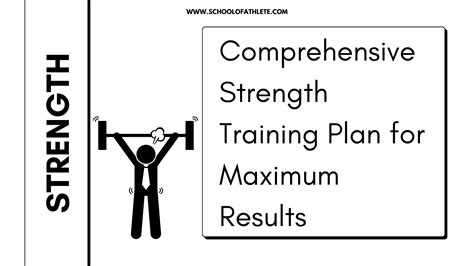
The Pillars of Advanced Programming
Achieving continuous peak performance demands a strategic understanding and application of several core principles:
1. Periodization: Cycling for Success
Periodization is the systematic organization of training variables (volume, intensity, exercise selection) over planned cycles to optimize performance and minimize overtraining. Instead of a linear progression, periodized models introduce planned fluctuations. Common types include:
- Linear Periodization: Gradually increases intensity while decreasing volume over time (e.g., hypertrophy phase, then strength, then power).
- Undulating Periodization (DUP): Varies training variables more frequently, sometimes within the same week, to provide different stimuli more often.
- Block Periodization: Focuses on specific qualities (e.g., anatomical adaptation, maximal strength, power) in distinct, sequential blocks. This is often favored by elite athletes.
2. Progressive Overload: The Non-Negotiable Driver
While more complex, the fundamental principle of progressive overload remains central. For advanced lifters, this might involve:
- Increasing Load: The most obvious, but not always sustainable.
- Increasing Volume: More sets or reps at a given load.
- Increasing Frequency: Training a muscle group or movement pattern more often.
- Increasing Density: Performing the same work in less time, or more work in the same time.
- Improving Technique: Becoming more efficient, allowing for greater force production.
- Decreasing Rest Periods: While not ideal for maximal strength, it can increase work capacity.

Structuring Your Training Cycles for Peak Gains
A well-structured advanced program typically follows a hierarchical model:
Macrocycles (Long-Term: 6-12+ Months)
These encompass your overall training year, outlining major competitive phases, off-seasons, and general preparation periods. A macrocycle ensures long-term development aligns with specific goals, preventing burnout and allowing for sufficient recovery between peak efforts.
Mesocycles (Medium-Term: 3-6 Weeks)
Each mesocycle typically focuses on developing a specific physical quality (e.g., hypertrophy, maximal strength, power, work capacity). Within a mesocycle, training parameters are consistent to allow for adaptation, followed by a deload or shift to a new focus.
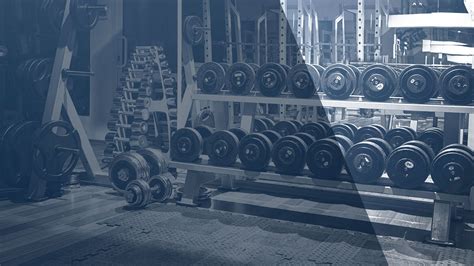
Microcycles (Short-Term: 1 Week)
Microcycles represent your weekly training plan. They detail daily workouts, exercise selection, sets, reps, and rest periods. The goal is to accumulate sufficient stimulus for adaptation while managing daily fatigue and ensuring adequate recovery.
Advanced Variables and Strategies to Implement
Beyond the basic framework, advanced lifters can benefit from refining their approach to training variables and incorporating specific strategies:
- Auto-regulation: Adjusting training variables (e.g., sets, reps, load) based on daily readiness. Tools like RPE (Rate of Perceived Exertion) or RIR (Reps In Reserve) allow for flexible programming, preventing overtraining on low-energy days and pushing harder when fresh.
- Exercise Rotation and Variation: Regularly cycling main lifts or accessory exercises can prevent overuse injuries, target muscles from different angles, and keep training fresh.
- Targeted Weak Point Training: Identifying and addressing muscular imbalances or weak links in movement patterns is crucial for breaking plateaus and reducing injury risk.
- Deload Weeks: Strategically reducing volume and/or intensity every few weeks or at the end of a mesocycle allows the body to recover fully, resensitize to training, and consolidate gains. This is vital for continuous progress.

The Critical Role of Recovery and Monitoring
Even the most perfectly structured program will fail without adequate recovery. Advanced athletes must prioritize:
- Nutrition: Sufficient protein, carbohydrates, and healthy fats to fuel workouts and repair tissues.
- Sleep: 7-9 hours of quality sleep per night for hormonal regulation and physical restoration.
- Stress Management: Chronic stress, whether physical or psychological, hinders recovery and adaptation.
- Active Recovery: Light activity, stretching, or foam rolling can aid blood flow and reduce muscle soreness.
Regularly track your performance metrics, listen to your body, and be willing to adjust your plan. Continuous peak performance isn’t about following a rigid template; it’s about a dynamic, responsive process of training, adapting, and recovering.
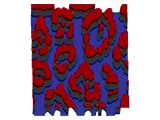
Conclusion
Transitioning from intermediate to advanced strength training requires a paradigm shift towards intelligent, structured programming. By mastering periodization, understanding diverse progressive overload methods, strategically manipulating training variables, and prioritizing recovery, lifters can move beyond plateaus and establish a sustainable path to continuous peak performance gains. It’s a complex dance between pushing limits and respecting the body’s need to adapt, but one that yields significant rewards for those committed to the journey.
